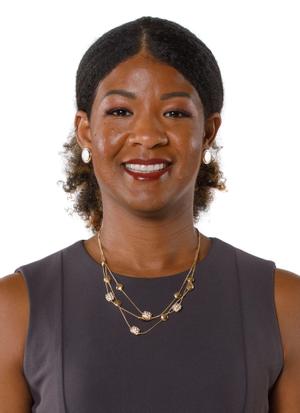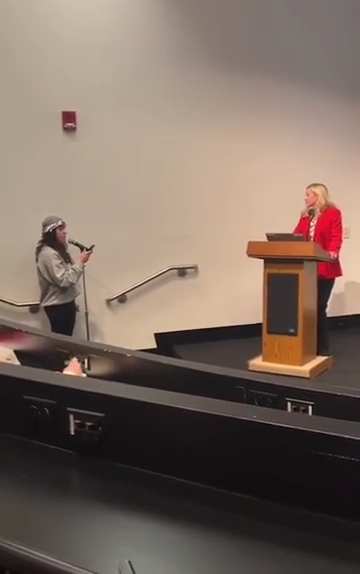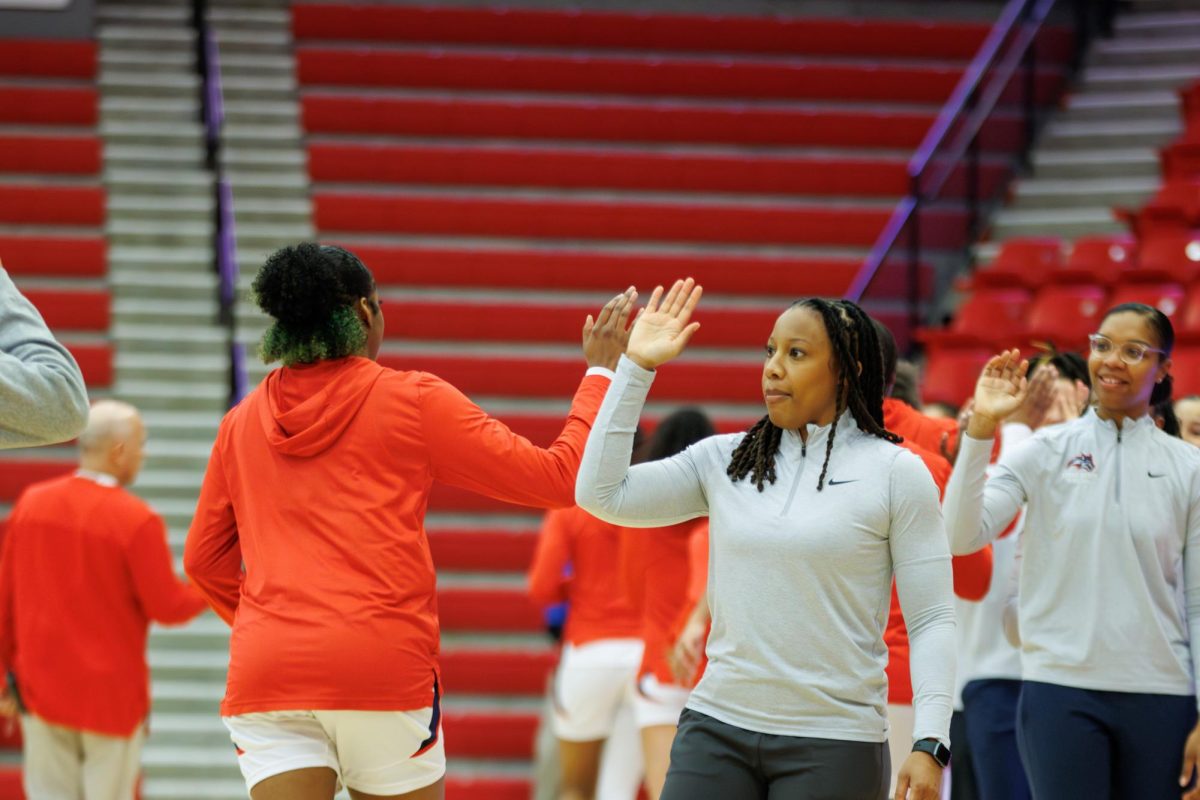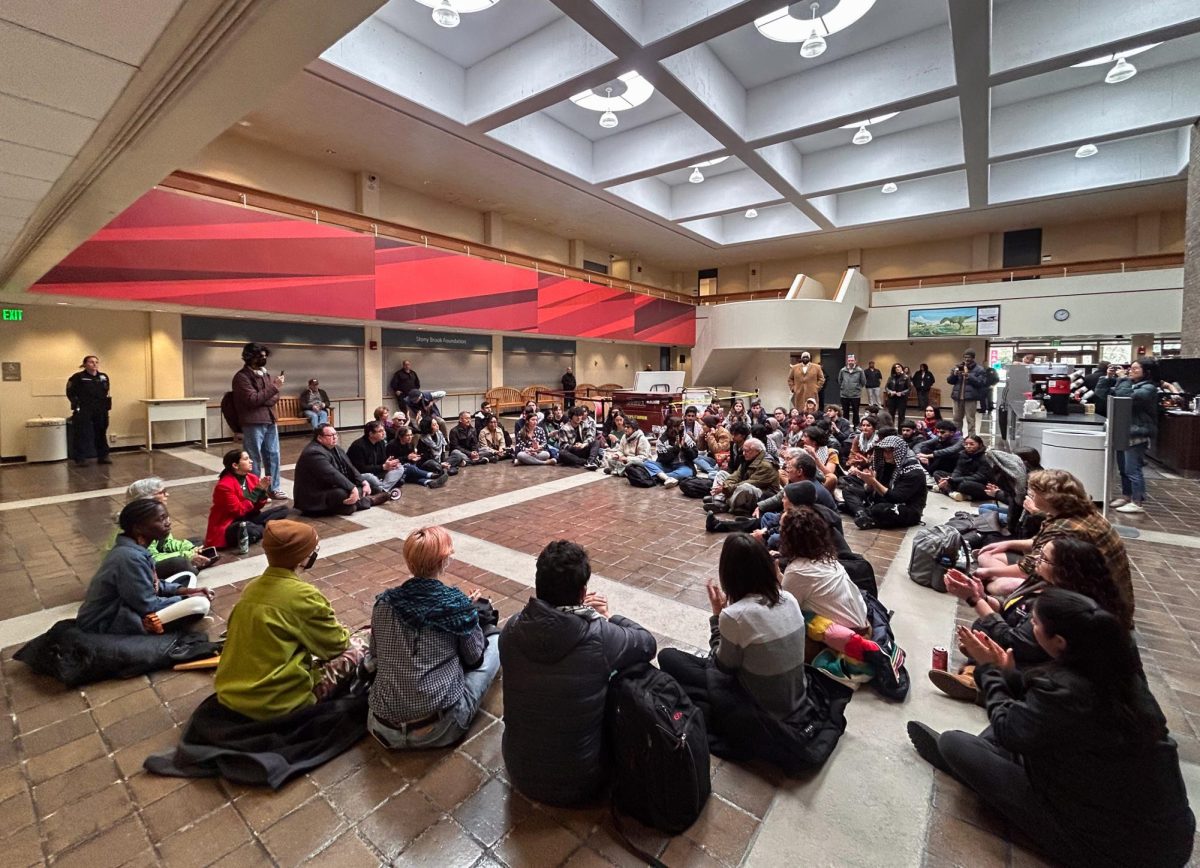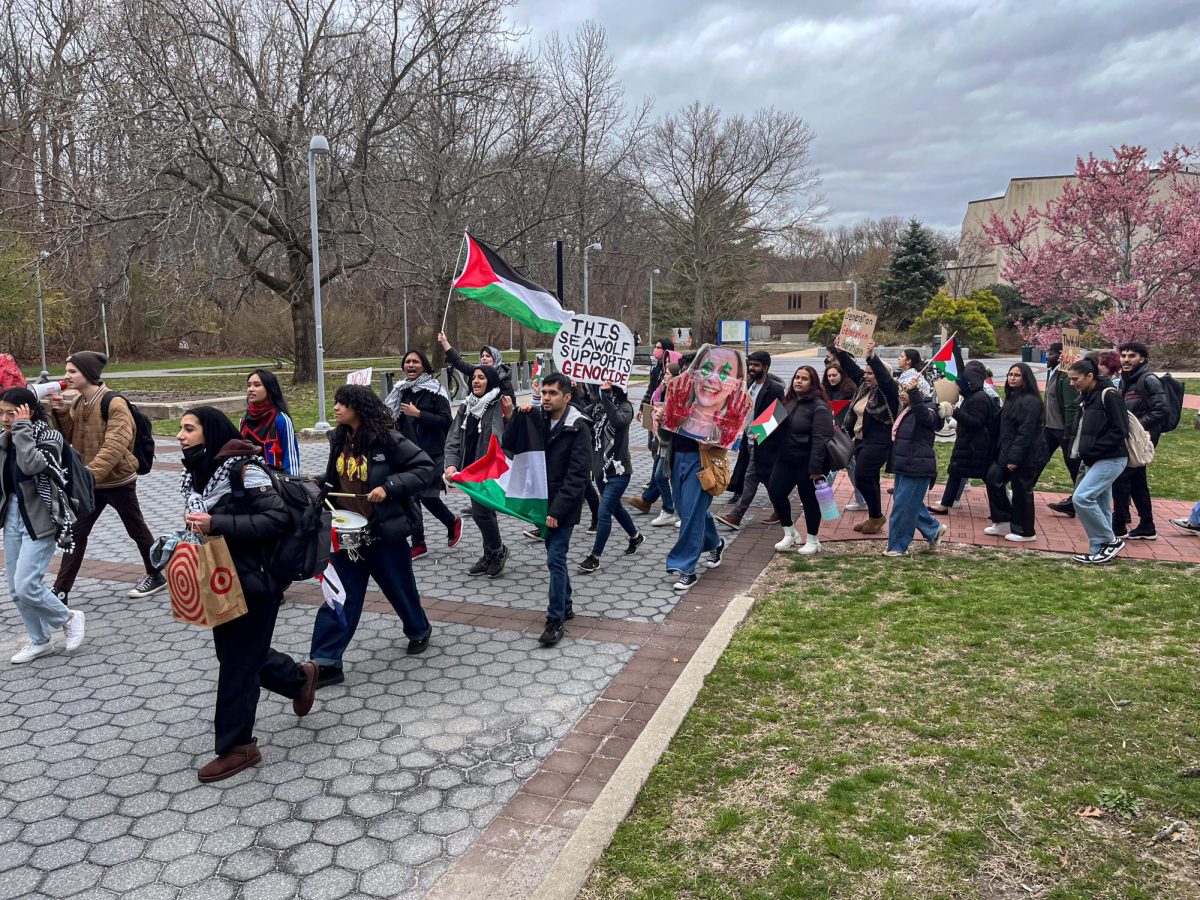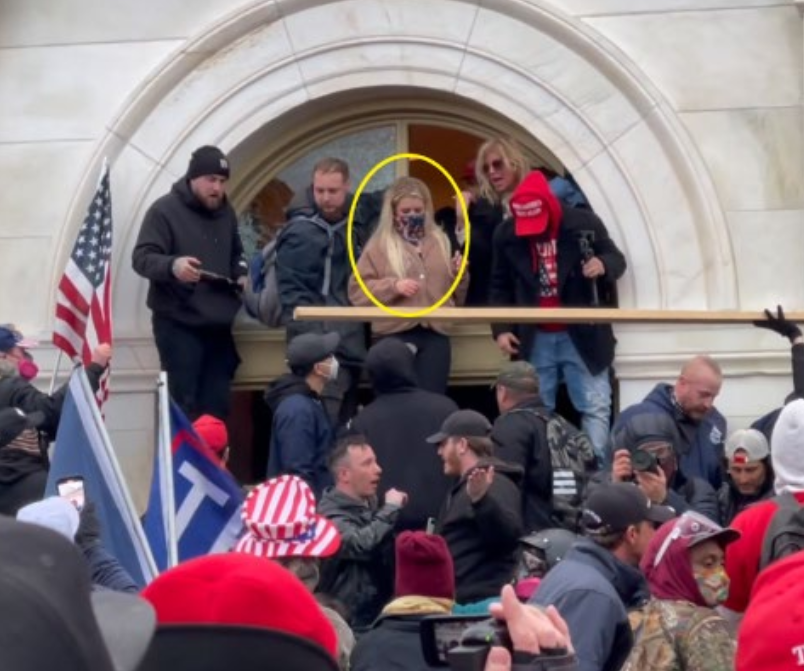
Sitting in a harshly lit, squarish room at a round table too small for the group of 10 or so people, faculty and students from the creative writing program brainstormed ideas about the future of the department on the third floor of the Melville Library.
The announcement of a bachelor of fine arts (BFA) in creative writing came on Feb. 6, six years after the university started offering creative writing courses. Most of the classes will be taught by the same faculty who teach for the master of fine arts (MFA) in creative writing and literature at the Stony Brook Southampton campus, according to the press release.
“We’re really just trying to get together and try to get the ball rolling on some kind of project to get people more aware of this program,” Emmaline Horne, a sophomore who recently declared the creative writing major, said. “It’s like a family.”
Open mic nights, writing sprints, workshops and other literary events were among the many things the first few creative writing major students eagerly pitched to the faculty.
Tyler Penny, coordinator and self-proclaimed “key master” for the department who graduated from the MFA program, said the BFA program at Stony Brook University was the “brainchild” of many people.
“That was a long, long process,” Penny said. “It started with a minor. We worked through budget cuts, and lo and behold … the word got out that creative writing minor is kinda a hot thing. That’s what the students were missing. That’s the creative outlet that they wanted to explore.”
Penny recalled what drove him to pursue a degree in creative writing and literature during what he describes “the darkest year” of his life. He received a handwritten acceptance letter and had a conversation with the person who wrote it.
“It was then I knew that I found a type of family that I needed,” Penny said. “It was the people that attracted me up here. And I knew I had to come.”
The author of that acceptance letter was Julie Sheehan, now the director of the BFA program, who’s been teaching creative writing classes at Stony Brook for more than a decade. She helped design the creative writing major and minor curriculum.
“In WRT 102, you learn how to write a proper academic essay that you’re gonna use in your future academic classes,” Sheehan said. “Creative writing is making books.”
She said creative writing majors, unlike the minors who focus on producing creative pieces to enrich their most likely STEM undergraduate experience at Stony Brook, are expected to be invested writers who can manage their own projects and write a book manuscript by their senior year.
“Stony Brook could have great strength in the humanities and arts, and we would like to be leaders in the agenda of establishing Stony Brook as a powerhouse in the arts, in addition to a powerhouse in the sciences,” Sheehan said. “And I don’t see any reason why we can’t do that.”
Sheehan said the goal is to recruit 25 students each year who would otherwise not come to Stony Brook and maintain a small group of people who are going to learn more than writing.
“Most people are going to experience rejection as a writer,” Sheehan said. “In the face of rejection how do you persist in the creation of a work of art?”
She said she hopes students learn “life skills around that that have to do with creative problem solving that have to do with understanding and building your own community, your own safety net.”
Horne said it was difficult for her to let go of assured stability in the future and convince her mom that creative writing was what she wanted to major in.
“She ended up really accepting it after I showed her my portfolio … she loved it,” Horne said. “And she’s kind of a harsh critic.”
She recently declared her major in creative writing and is expected to graduate in Spring 2021.
“I feel like I found my tribe, you could say,” she said. “I actually feel like I belong somewhere.”










